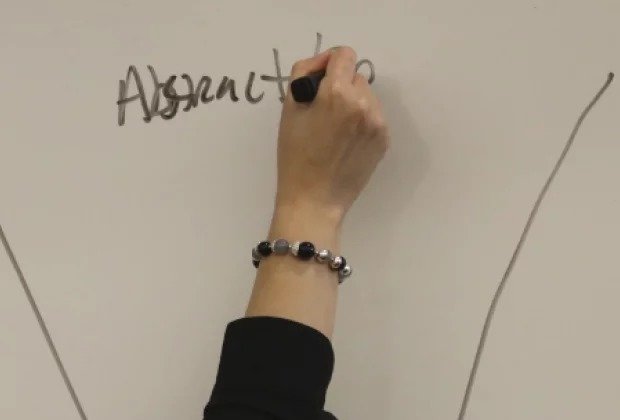Types of Argument
This activity introduces students to different types of arguments as a way of preparing them to compose effective thesis statements for their research projects.
Author: Erica Cirillo-McCarthy
Activity name: Types of Argument
Class: PWR 1/PWR 2
Activity brief description: After going through the different types of argument and the examples on the handout, have students work in groups of 2 or 3 to come up with 3 different theses for each student, identifying which type of argument they are using with each iteration. Then, as a group, they will choose one student’s set of theses and write them on the whiteboard. You should end up with around 5 sets of theses. Then as a class you go through each set and evaluate the theses for potential effectiveness and clarity. As a class, we ask the author questions and then vote on the best thesis per set, or a blend of theses. We then have a dialogue with the author regarding why we voted the way we did (you can prompt them: Jose, why did you vote for the second thesis? Sona, why didn’t you vote for the first?); the author is then able to ask us any questions.
Schedule: Typically around weeks 5 or 6
Activity length: 60-75 minutes
Activity goals: This activity has a few goals:
- helps students see the significance of purpose in crafting a thesis;
- students practice whole class workshopping of a very particular piece of their research;
- students start to see their research as potentially actionable rather than just written for one person because they have to;
- students begin to imagine their audience as they begin to imagine what they want their audience to “do” with the new knowledge crafted in the RBA;
- as such, students see argument as calls for cooperation and action; and finally, students leave class with potential workable theses.
Activity details: See handout.
Additional notes: This in-class activity asks students to consider the variety of ways to construct an argument with an end goal in mind. It helps to frame this activity with the following question: what do you want your audience to take away from your research? This works particularly well after students have gathered their sources and understand the conversation surrounding their topic. This activity implicitly asks them to consider their own contribution to the conversation by explicitly considering audience and purpose.
This activity was originally published as an Activity of the Week in spring 2014.
